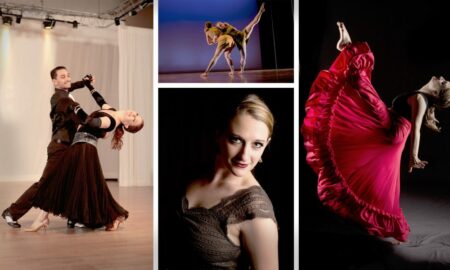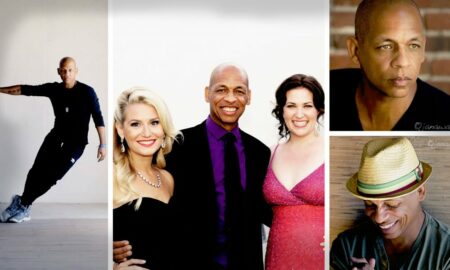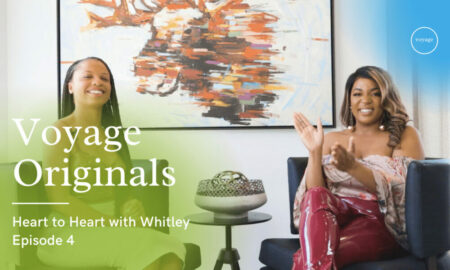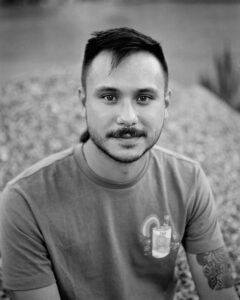
Today we’d like to introduce you to Jacob Herrera Wachal.
Hi Jacob, can you start by introducing yourself? We’d love to learn more about how you got to where you are today?
I was born in Lexington, Kentucky to two parents who met there serendipitously-my father is from Wisconsin, and my mother is from Cebu, Philippines. Growing up, my brother and I often struggled to find our place and grow a sense of community due to our family background. Once I got to college and began to pursue a BFA in studio art from the University of Kentucky, I realized that I wanted to make work about my identity, as well as how growing up in the South as a member of the Filipino diaspora has shaped my life experiences-not only to make sense of it all for myself, but also to communicate these experiences outwardly and connect with people from all backgrounds.
I originally worked in illustration and print media but made the switch to photography after I took my first black-and-white film photo class and fell in love with it. After my BFA thesis was complete, I took a few years before deciding I wanted to pursue a master’s degree, and SCAD Savannah was my top choice, both for its world-class facilities as well as the campus’s proximity to my maternal grandparents’ home in Bluffton, South Carolina-I knew it would be important to my work to be close to them and be able to collaborate with them frequently. I moved down to Savannah in the middle of the pandemic and struggled for a bit, but after everything started to open back up I met a lot of incredible peers and faculty members in my program that really broadened my perspective and changed the ways that I go about making an image. With help from my friends and family, I just recently completed and exhibited my MFA thesis, Handumanan sa Pamilya, which focused on the ways that photography was implicated in Western colonial practices and how we can reclaim those technologies while acknowledging that history and learning from it.
Would you say it’s been a smooth road, and if not what are some of the biggest challenges you’ve faced along the way?
Moving 9 hours away from home in the middle of a global pandemic was definitely not easy. For the first six months or so, I wasn’t really even able to see my grandparents, who I had moved to be closer to, because of how serious it was down here. Starting out, all of my classes were online, and I went a while without any face-to-face interaction-I was pretty much stripped of any opportunities to build community, which is what I went searching for in the first place. Thankfully, that’s all changed, and I’ve met some amazing people and gotten to spend a lot of time with my grandparents and other family members as they come to visit, listening to their stories and learning more about what it means to be Filipino. Graduate school itself is definitely not easy either-constantly pushing myself and being pushed to grow my artistic practice, spending a lot of time pursuing ideas that end up not even working out, and dedicating countless hours to research, make, and write takes its toll. I can’t even keep track of how many all-nighters I’ve pulled to stay on top of rigid deadlines I’ve set for myself to get everything to work out. However, I’m truly passionate about what I do, and in the photo program at SCAD, I was surrounded by plenty of people that shared my passion-when we were all struggling alongside each other, it made the burden lighter. The old proverb goes, “Choose a job you love, and you’ll never work a day in your life”. While it may seem corny, I believe it-I relished those long nights chipping away at my thesis and I wouldn’t trade it for anything.
Thanks – so what else should our readers know about your work and what you’re currently focused on?
Over the course of working on my thesis, I chose to specialize in historic and analog photographic printmaking processes that tied themselves conceptually to the ideas that I was interested in exploring. Some works that I’m proud of are the 4-color gum bichromate prints that I’ve been making recently. Gum bichromate is a process that was developed in the late 1800s, and it’s very painterly-it involves brush-coating paper with a light-sensitive solution tinted with watercolor pigment and exposing it to UV through a prepared negative. Because of the hands-on nature of this process, each print is unique and the results are impossible to replicate. It’s time-consuming too-it can take me eight days to make a single print in this process. I have to prepare the paper and build color one layer at a time, and things can go wrong at every stage. There’s nothing quite like it though, and although it’s seeing a resurgence in popularity, you don’t see many photographers working in this way.
Can you share something surprising about yourself?
I was also pretty involved in the music scene back in Lexington before I moved to Savannah. My friend Brittani Fuller and I started a visual and performing arts collective called Liquified (@liquified_lightshow on Instagram) and we provide psychedelic analog liquid light shows to complement live performances by some incredible local, regional, and even international bands. Since I’ve been down in Savannah, the collective has expanded and we’re performing at shows all around the area. We’re currently looking to get into the Atlanta music scene-there are some great venues there that book equally great talent, a great light show would be icing on the cake!
Contact Info:
- Website: jacobwachal.com
- Instagram: instagram.com/wachal.photo

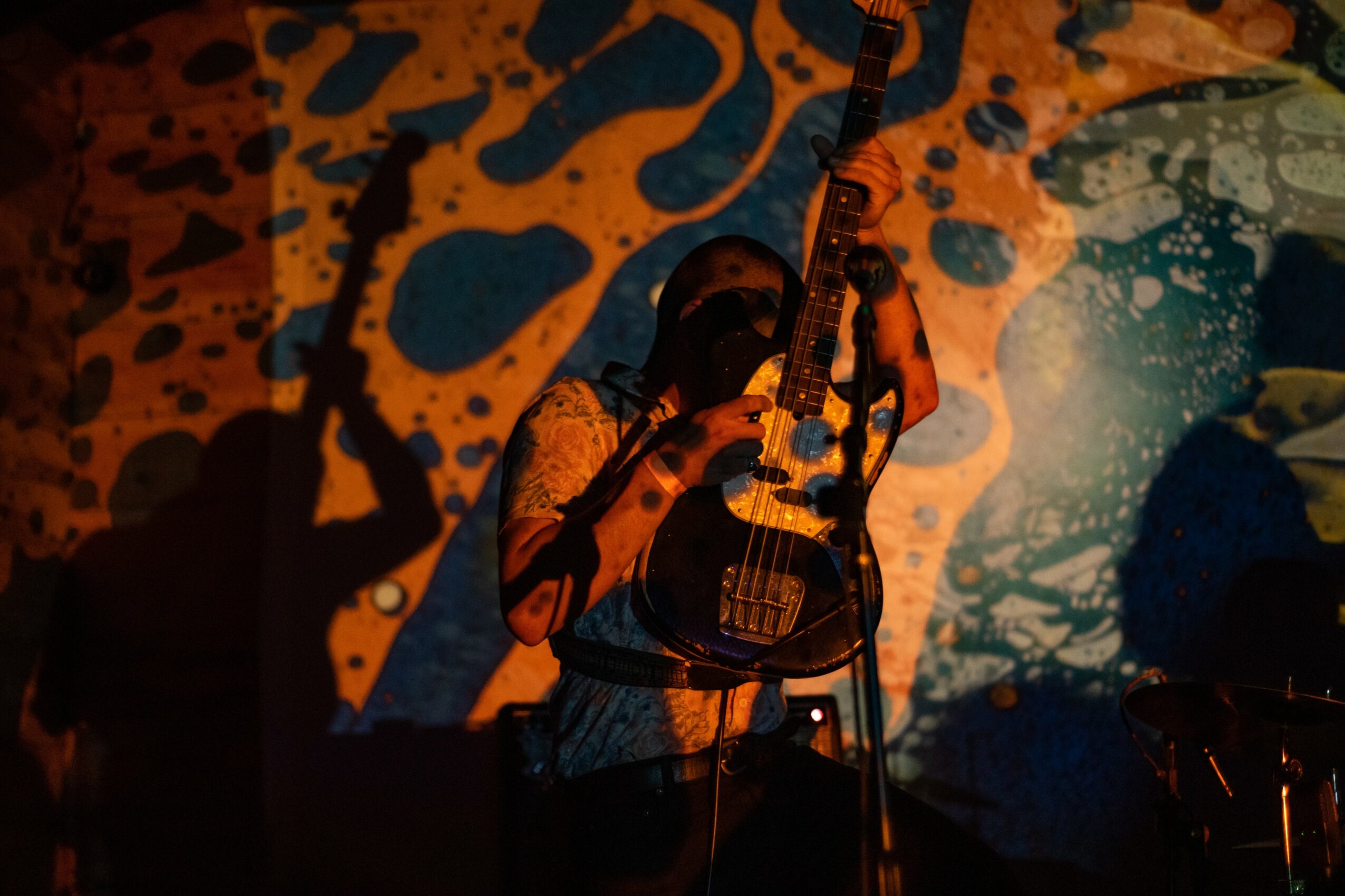

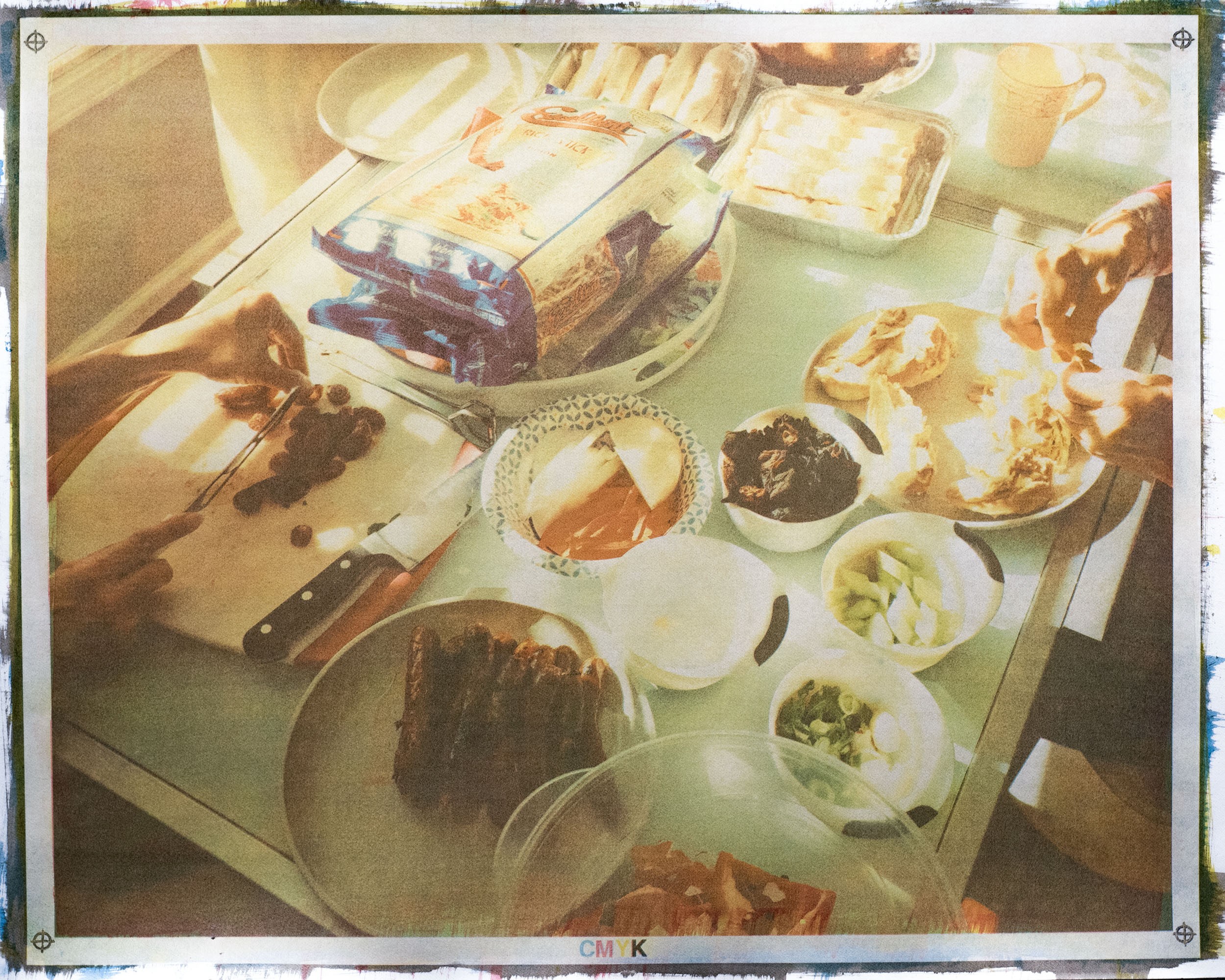
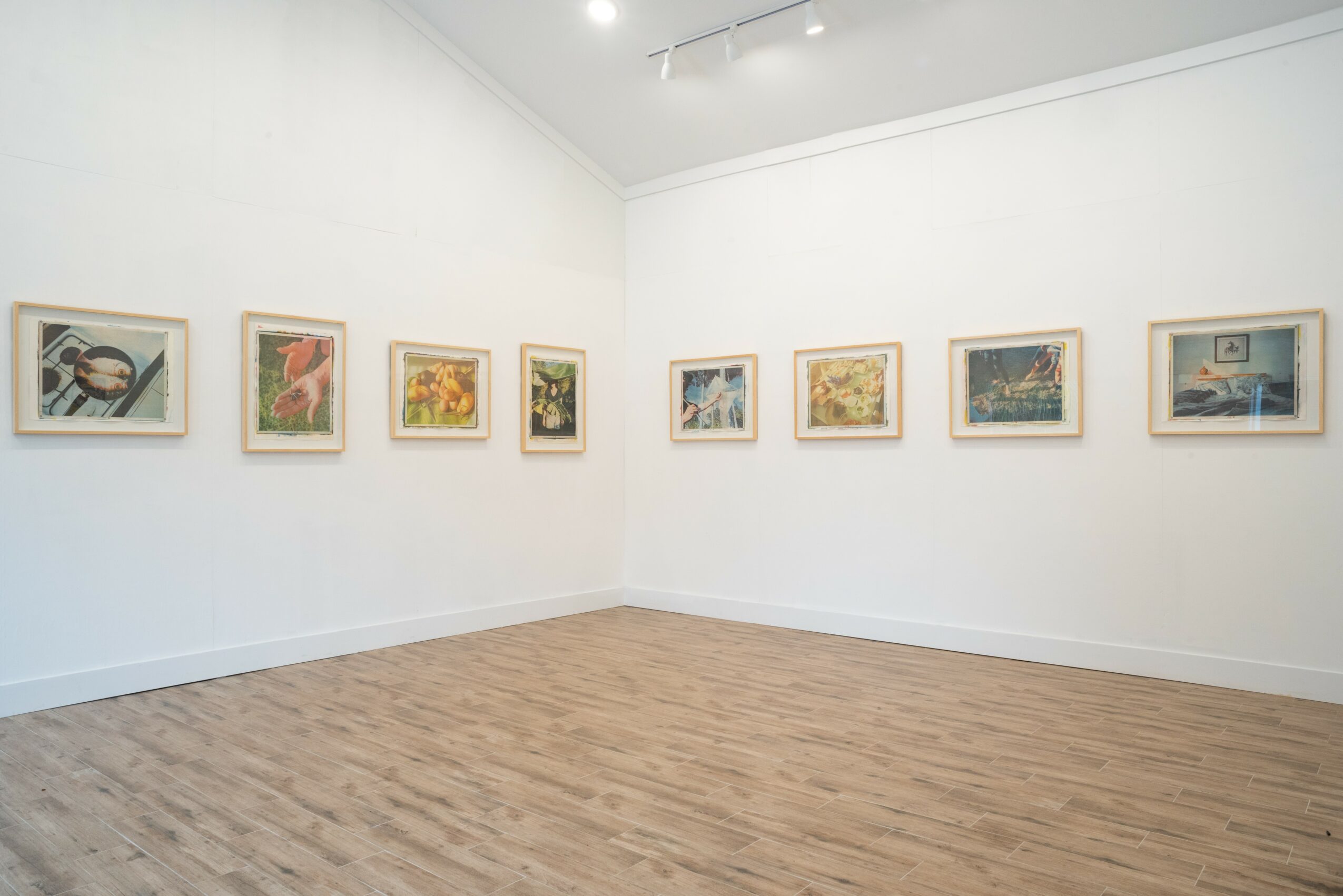
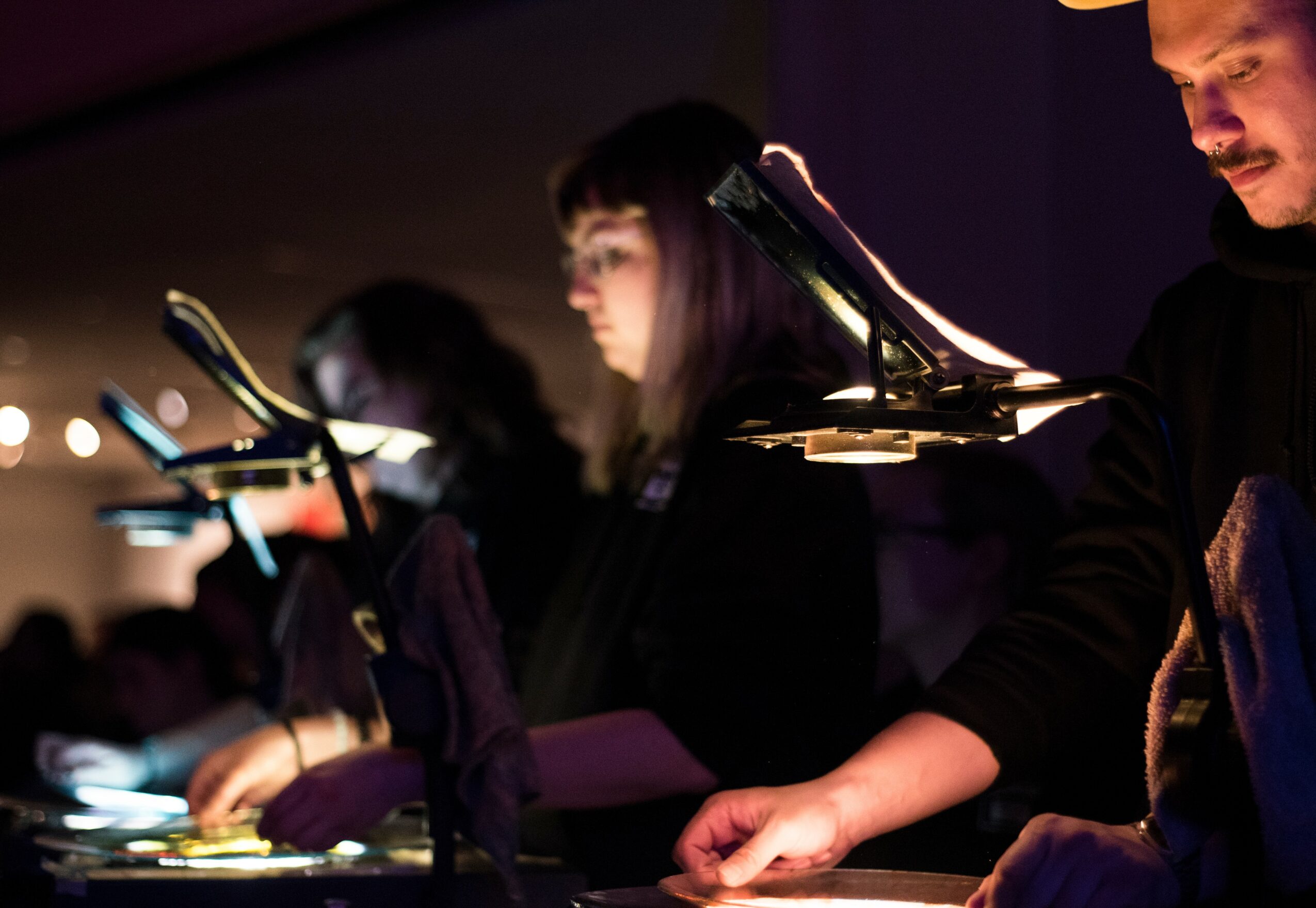
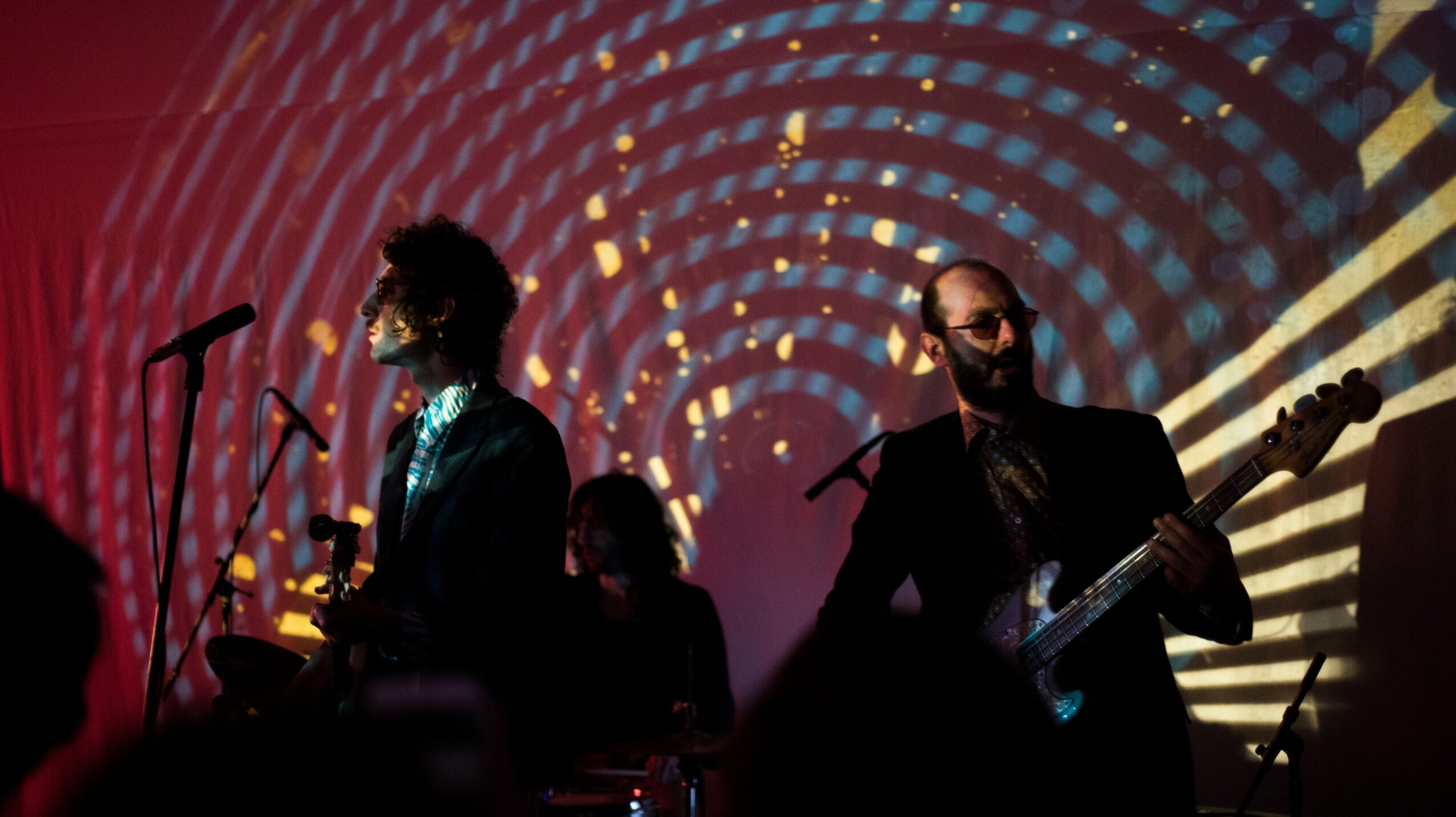 Image Credits
Image Credits
Portrait of the artist (image #1) courtesy of Morghan McQuaige, all other photos courtesy of the artist


